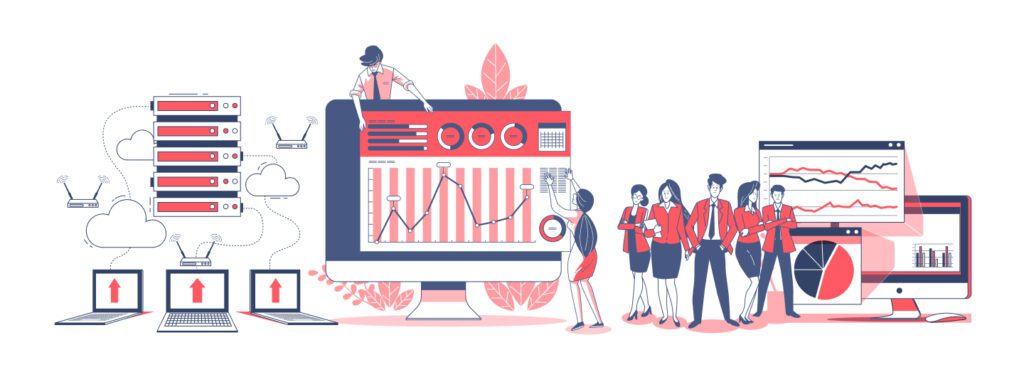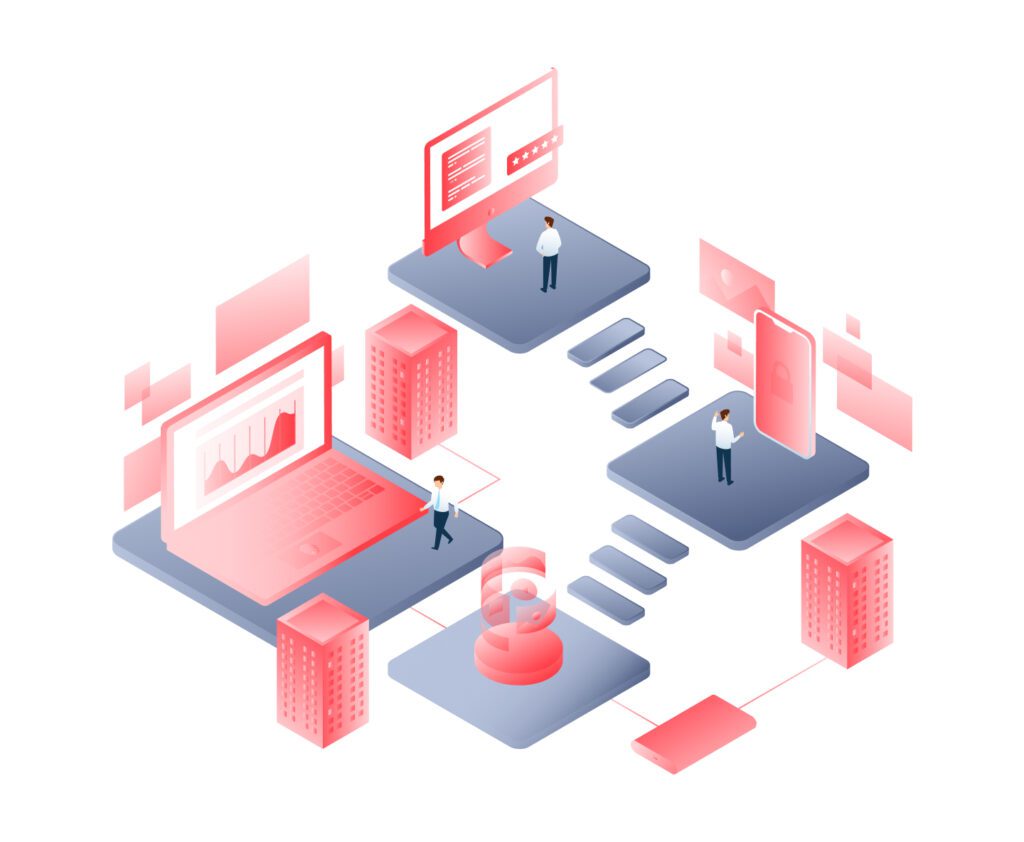
The time when computers were an indulgent option for businesses, when they were expensive, when they had limited functionality, when their use did not add much value to the traditional methods except in finance which promised efficiencies with the ‘spreadsheet’ is now in the distant past. Today, you would be hard pressed to find a business not dependent on IT in some way or another. These days IT is a given in pretty much every element of business, from finance to marketing, production, design, customer service and all points in between. Given this universal adoption, simply ‘using’ IT these days is no longer enough to gain advantage but is now mere table stakes to stay in the game. So, does that mean that technology no longer has any competitive advantage to offer?
Quite the contrary. However, to gain that advantage IT can no longer be considered an operational issue but must be given a seat at the board table and aligned strongly with the overall business strategy. So, essentially, there’s no competitive advantage in merely ‘using’ technology these days, but in using it strategically in alignment with the overall business goals. While IT and business have grown integral to one another, the divide between IT and business is so culturally evident that it reads like a punchline to a workplace joke. The tech guys don’t understand what the business is doing, and the business folks think technology is just about trouble shooting or calling your tech team when something doesn’t work.
Of course, there is a divide between people who work in IT and those who work in traditionally defined business units. This divide was initially intentional, but as technology slowly then suddenly became a requirement for global and local businesses, this divide is now is seen as a hindrance. Today, companies recognize the need to align IT and business: A recent Gartner report predicts that half of organizations worldwide will achieve increased IT-business collaboration by 2022. The problem, though, is that IT-business alignment isn’t easy to achieve.
Business and IT: problems with the current state

Most companies can agree that business and IT aren’t working as closely as possible to optimize their service and product delivery. The often-cited reason? Traditional business units function very differently from technology. Other reasons: Stereotypes perpetuate misconceptions about how business sees IT and vice versa. Non-IT personnel think IT is too technical to understand, and they might fail to recognize that IT participates in core revenue-generating activities like sales, marketing, customer service, etc.
Though these stereotypes are changing in the 21st century, different disciplines do have inherently different cultures, objectives, incentives, languages, and skillsets. It’s how writing makes sense to some people, and others are more comfortable working with numbers and spreadsheets. Despite the elevation of roles like CTOs and CIOs, tech leadership continues to report significant struggles when attempting to collaborate with business units. You might easily recognize a problematic IT-business relationship. Indicators that these differences are hurting your company often show up in problems like:
- Under-performance and/or limited success
- Expensive investments with poor ROI
- Bottlenecks that hinder service delivery, perhaps via slow or buggy deployments
- Stumbling blocks (perhaps outright fighting) between processes and solutions
- Confused or lackluster customer service
- Poor communication and support for end users and potential customers

Every organization today must become a technology business, no matter what product or service you offer. This shift is inevitable, and with it comes the concept of IT-business alignment: that IT enables business and business drives IT efforts. Neither is less necessary; both are revenue-generating.
So how do you achieve business and IT alignment?

Think about quantifying what business and IT bring the company—when they work alone and when they work together. The lynchpin is the understanding that when IT and business work in tandem, as partners, both will achieve more. The most successful organization create a unified team, using the best of all available skills and resources so that each employee gets to work smarter. And every customer gets a better experience.

To tie it all together, what you need is an IT partner that understands both, business and IT. Like we at CSG Technologies love to say, ‘we are not tech guys in business, we are businessmen who are passionate about technology’. When you partner with US, you can rest assured that every aspect of your IT is working towards your business goals.


